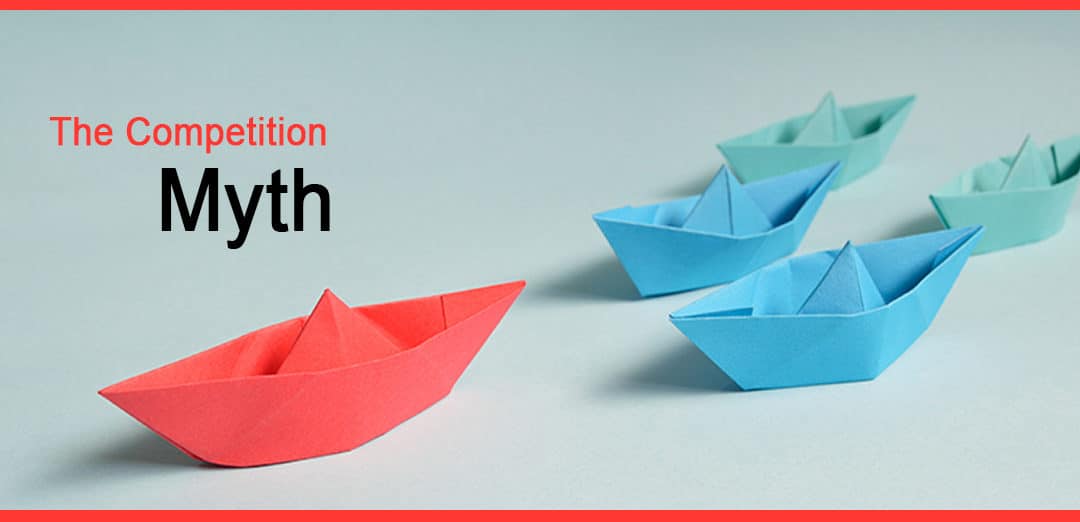
by Eliott Lilly | Jan 7, 2018 | Articles, slideshow
Three myths about your art career.
When starting out in the industry, it might be hard to figure out your place and how to succeed among the many talented and already working artists. Artist, Johnny Atomic (John Jackson), from The Art Career Project offers a bit of an insight into some of the most commonly known myths amateur artists face daily.
If you have your own advice or myths, email us. We’d love to hear your stories and possibly interview you if you have plenty of wisdom to share with the BBWCA community.
Click on the link below:
The Competition Myth – 3 Advantageous Truths
Want to help us grow our resources section? If a resource has helped you greatly please e-mail it to me or any suggestions
to: me@eliottlillyart.com. I will be keeping this list updated as I discover new entries. Thank you--
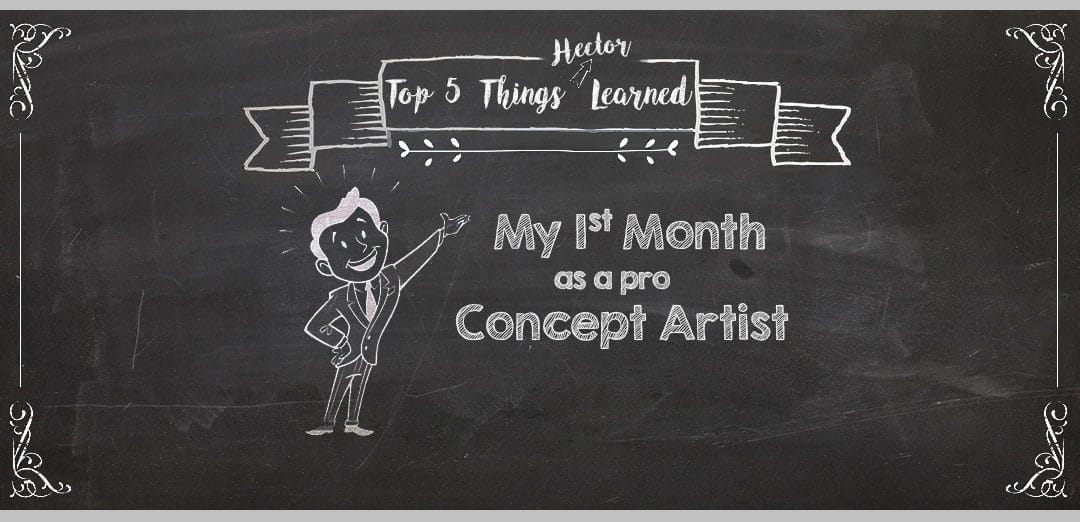
by Eliott Lilly | Jan 7, 2018 | Articles, slideshow
Hector Ruiz discusses what he learned during his first month as a professional concept artist at a non gaming/film studio.
Hello everyone, Hector here giving you an insight into my professional life as a recent professional concept artist at a studio. I will be starting a series of “Top 5 Things Hector Learned” in order to give young aspiring artists an idea of what goes on after you find your first job at a studio.
Although I’ve done freelance before as a professional, I’ve never had the experience working at a studio. Also, I should point out that although I am involved in pre-production and production, I work at a studio that is not related to the video game/film industry. My work is primarily used for concepts that can become a reality (real-life products, vehicles, etc.)
Let’s begin!
Expectations vs. Reality
During my first day I was expecting to start of at a fairly easy pace in order to acclimate myself to the studio and their pipeline. This is some people call the “honeymoon phase.” Instead, I was put in a project that was very important and needed a certain look that I just wasn’t hitting right off the bat. I was stressed out for a week figuring out how to make the clients happy. I hardly slept as I worked with another colleague of mine. He made models and I was in charge of compositing everything (I was the pitch illustration guy). The studio hasn’t set up all my software yet so I had to work from home. This made communicating more challenging. When working in an office, it can be easier from a communication standpoint but having your own space is important too, luckily we can get some folding walls to give us that separation.
Communication
When you’re one of two people responsible for visualizing concepts, and client work starts to accumulate to the point that you have to start working on multiple projects at the same time, it is extremely important to keep communication with your art director and your creative director. On top of that, you may have to keep the producers on the know as they may have to keep track of all the projects you are working on. Although I was loving all the things I was working on, I had to set up priorities on what projects needed the most attention. Since some of the software I was using was at home, I also had to make sure my coworkers knew I was away. At one point people thought I just disappeared when I was really working hard at home. People think that working from home has lots of benefits. And believe me, it does; saving on a commute and the rent of an office is great! Plus, with the help of virtual offices, you can still look professional to clients and potential partners who perhaps don’t approve of working from home; you can find out more at https://yourvirtualofficelondon.co.uk/. However, there’s no denying that there are some downfalls. Don’t get me wrong, I did enjoy it, but there were a few things that bugged me. Another thing that I hate about working from home is the lack of comfort. My office setup is pretty basic and I have to sit on an old chair all day. It’s not fun! I’ve recently been having a look at some chairs from office monster. If I’m going to be working from home on a regular basis, I will definitely need to invest in a decent chair!!
Learning on the Job
The one thing that changes when you get a job in a studio is the time you have to review or learn about a certain technique or skill. When you are asked to create something you have little experience with, you have to make sure to learn the material while creating good quality work. For example, I was given a UI design project I had little to no experience with. I ended up buying a tutorial from Learn Squared in order to catch up and create work that looked appealing. I spent extra hours at home figuring out how to understand the concepts and illustrate them. Overall, I crammed a few weeks worth of tutorials into one week I was given at work.
You also have to become the MacGyver of concept art by finding every possible tool you can in order to get the job done. This is why it’s very important to be well rounded and familiar with a variety of software. Studios like it when you can plug into their pipeline seamlessly without having to give you a grace period for you to learn their software practices.
Setting Up Your Hours
This topic is one that seems to have the least fun, but it makes the biggest difference in your performance and income. As a freelancer, it was easy for me to write up my invoices and detail my work based on per day basis. Having to do this in a studio with software that isn’t too intuitive can take some precious time away from creating art. When I had to work from home, it would become difficult to write my times, and even if I wrote them the following day at the studio, it would take more time away from other things I could be doing. If you are a lot more organized than I am, I would suggest writing important information down on something like a whiteboard. This way, it’s clear and right in front of you to see. If you don’t have one, go here and buy one. It’s also satisfying wiping away the completed tasks once you’ve finished. I should have taken my own advice and wrote down anything new I had learned or anything I was struggling with, as I ended up writing a ridiculous amount of hours that got the HR department concerned, only because I didn’t understand how to use the software.
What I tend to do now is to write up everything on my personal computer, detailing the project(s) I worked on as well as each task. I then take it into work and copy and paste most of it.
Learning Names
This one is simple and yet confusing. I was gaining some popularity as a concept artist at work so when coworkers would come and ask for help with projects, it would become a little challenging on remembering names. The same happened when I needed help from a coworker and I didn’t know their name. “Hey man” works only for so long before you have to start calling each person by their name. Something I’m still working on.
There are of course a few more things I learned my first month, but we’ll keep that for later posts. I hope you can get a bit of an insight into things you might experience when you start working at a studio. Good luck and keep preparing!
Want to help us grow our resources section? If a resource has helped you greatly please e-mail it to me or any suggestions
to: me@eliottlillyart.com. I will be keeping this list updated as I discover new entries. Thank you--
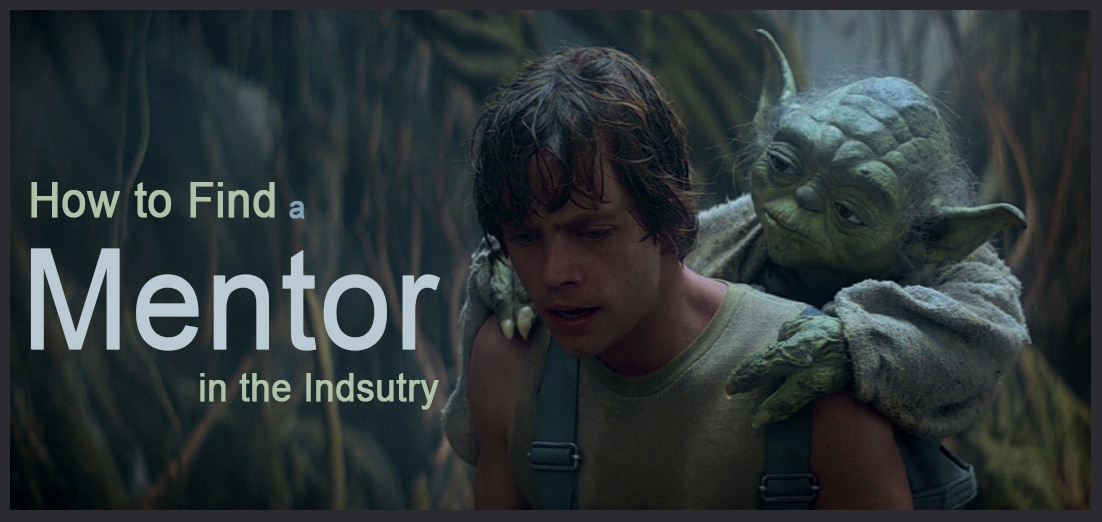
by Hector Ruiz | Jul 1, 2017 | Questions, slideshow
Eliott gives you advice on how to find a professional mentor in the industry.
Q My name is Miguel and I’ve lived up to the challenge of self-teaching myself the fundamentals of art, after I graduated in summer 2016. I’m in no way a pro like you are, but the hard work earned me a few freelance gigs, some of them resume worthy.
The reason I share my work history with you is because I came to ask about a possibility to have a mentorship from you. I’m not a beginner and I’m not a professional. I’m in a weird spot where I can fail a lot and hurt myself a lot, both in portfolio development and career. A professional like you could help me avoid mistakes like this and speed up the prospect of finding a full time job. I have envisioned something like a design brief and a quick review/draw over of the same assignment. This would be a portfolio development of sorts.
I know anyone can get there without a mentor, but anyone will get there faster with one, and the view is more interesting while riding with someone else along. I’m not particularly young, nor my family situation is the best, and being a graduate, it would be tough to start over in another school like FZD or Art Center or move to expensive countries.
Miguel Nogueira
www.miguel-nogueira.com/concept-art
A Hey Miguel, thanks for taking the time to reach out; I am flattered that you think so highly of me to be your mentor. I would love to help you out, but at the moment, my schedule is swamped. Between working a full time AND a part time job, running The Big Bad World of Concept art website, authoring a second book, and working on my personal projects, all while raising my new born daughter and trying to be a good husband to my wife, you can see how I’m left with little to no free time to spare.
I agree with you wholeheartedly however, that having a mentor will be immensely helpful, so don’t give up on that effort! Here’s some info to help you find one.
1. First of all, finding a mentor out of the blue is incredibly tough. Put yourself in their shoes – They don’t have a relationship with you, and therefore can’t know how you operate or if it’s worth their time to help you. They may also be drowning in similar requests, so why should they pay attention to yours? By turning the tables, you can appreciate the uphill battle that waits you. Therefore, don’t ask for the person to “be your mentor” right off the bat. That’s a big ask- far too big for the first introductions.
2. Instead, its better to let a conversation form and evolve naturally over time. Get on their radar by follow their work, and being helpful and supportive. Tweet out their posts, comment in a positive way on their blogs or Facebook pages, share their updates, start a discussion on LinkedIn drawing from their post, etc. Give, and give more so that over time your presence will become welcomed and when you finally reach out to them, they may be more inclined to answer your email because you’ve been of service to them. Gaining this favor can be just the thing you need to get your ‘foot in the door. It’s also a great way to get to know the person better and see what they really have to offer.
3. When its time to ask for that favor, I’d start small. Ask a specific question or for a specific piece of brief advice, then see how they respond. (How quickly do they get back to you, how thoroughly they explained their answer, etc). If he or she is local, ask them if they would be willing to meet up for lunch or coffee (Keep it less than an hour and pay for the meal).
4. After meeting, you can evaluate the encounter and decide if you want to spend more time with that person. Was a connection made? Was he or she encouraging your efforts or telling you what to do? Did she ask questions, or wait to provide answers? (Remember, the point of a mentor ship is to ask a question and get an easy to understand answer. The relationship should be comfortable If not, feel free to let the relationship go and seek out someone else, instead.
5. If you are comfortable with the encounter, then build upon your dialog. Ask them if they’d be willing to view your work from time to time and offer advice/ feedback. If this is successful, you won’t even need to mention the word “mentor” because it would have happened fluidly. That’s not to say you can’t officially ask them, but my point is, that you may not have to.
Things to remember
1. Once you get the mentor ship, you must remain open and flexible to new ideas, while remaining resilient and respectful at all times. You must also be eager to learn, and committed to modifying your workflow process for the better.
2. And above all else, you can’t quit, when the going gets tough. Doing so hurts not only your artistic growth, but sours the opinion of mentor-ships for the professional who mentored you. He or she may not be quick to mentor any one else after you and you would have single handedly messed it up for the rest of us.
Here’s the bottom line: While most artist have no problem answering a question or two in in a specific email, they will likely need to further persuasion to make a bigger commitment. Mentorships are serious and should not be taken lightly. Make sure you can dedicate the time and energy necessary to be mentored properly. Its also equally important that you find the right person to mentor you. If this all seems overwhelming, there are paid mentorships available for such reasons. In these instances, you can skip all of the awkward introductions and desperate pleas for help, and get right to learning. You can buy a chunk of an artist’s time in exchange for him or her helping you with your issues. We list a few mentorships on our website. I’d start there to get more information.
I know this is not the answer you were hoping for, but I help that I’ve at least helped you out and pointed you in the right direction.
-Eliott
Want to help us grow our resources section? If a resource has helped you greatly please e-mail it to me or any suggestions
to: me@eliottlillyart.com. I will be keeping this list updated as I discover new entries. Thank you--
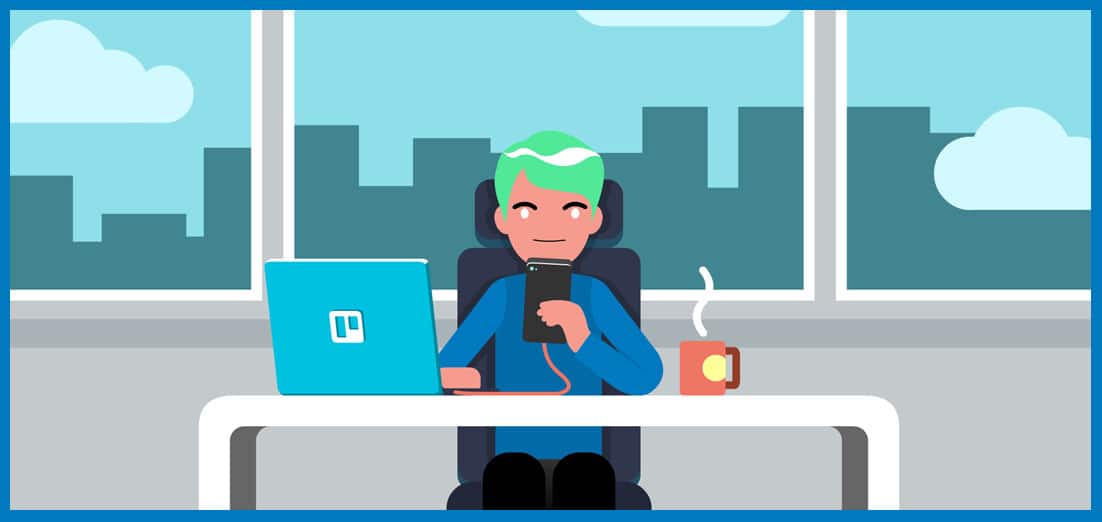
by Hector Ruiz | Jun 1, 2017 | Articles, slideshow
YouTuber, Francesco D’Alessio, reviews productivity apps on Trello’s Blog to make your day more effective.
We’re back with another article about productivity tools. This time, we’ve searched through the Trello blog in order to find an interesting article that could help you become more productive throughout your day. According to experts, here are the 15 best productivity apps to keep you dialed in all day.
Click on the link below to read the article. Enjoy!
Want to help us grow our resources section? If a resource has helped you greatly please e-mail it to me or any suggestions
to: me@eliottlillyart.com. I will be keeping this list updated as I discover new entries. Thank you--

by Hector Ruiz | May 30, 2017 | Articles, slideshow
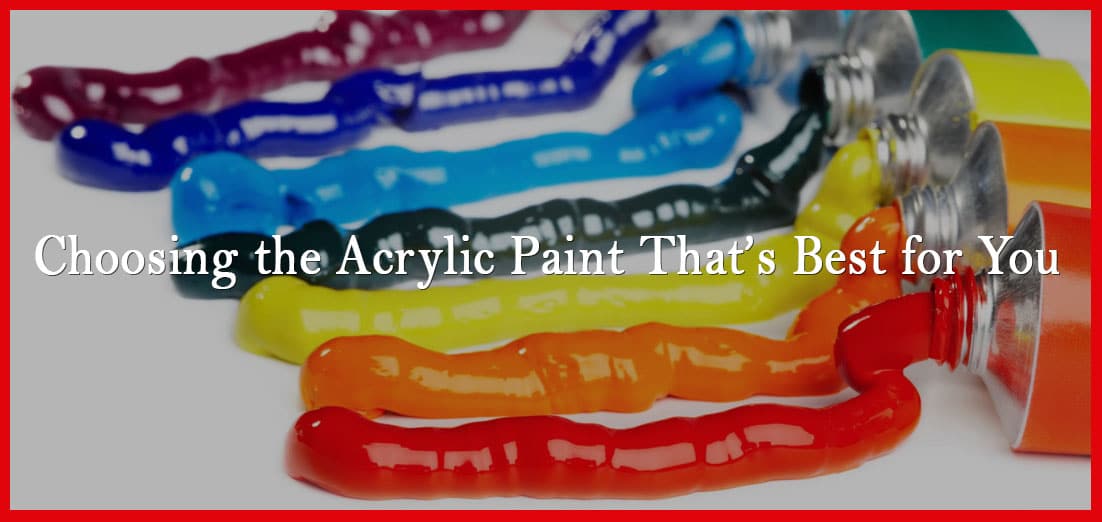
This is the last of a three-part article about comparison within traditional paints. [NOTE: the following is taken from the WonderStreet. The article was written by Lindsey Bourret]
Today, we take a closer look at the top 19 brands of acrylic paint that are most frequently used by artists around the world. We analysed consumer reviews from a number of online merchants and surveyed thousands of artists who showcase their work on WonderStreet. We then combined this feedback to form a general consensus about each brand.
Click on the link below to read the article. Enjoy!
Choosing the Acrylic Paint That’s Best for You
Want to help us grow our resources section? If a resource has helped you greatly please e-mail it to me or any suggestions
to: me@eliottlillyart.com. I will be keeping this list updated as I discover new entries. Thank you--
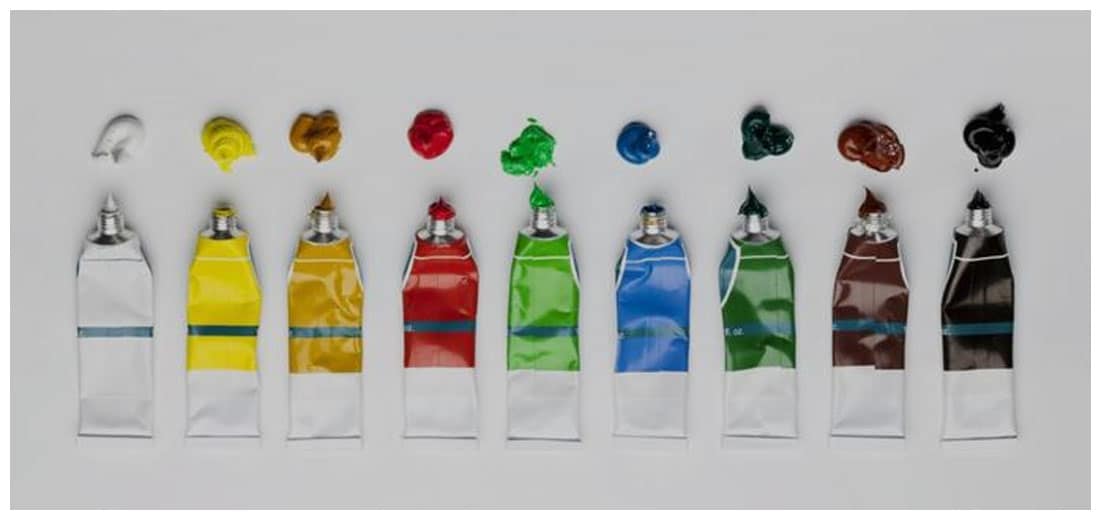
by Hector Ruiz | May 25, 2017 | Articles, slideshow
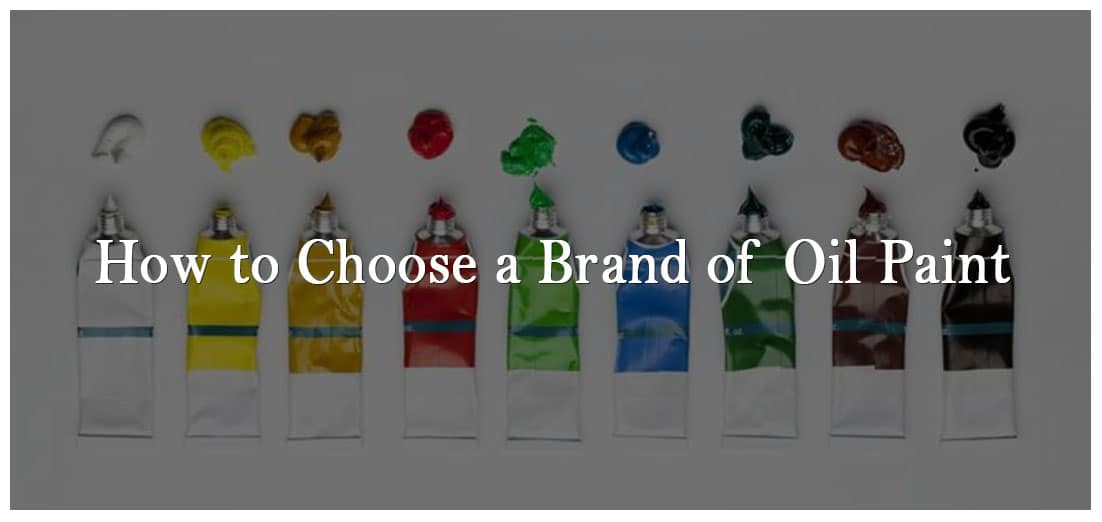
Olivier Jennes, from WonderStreet, compares and contrasts 29 well-known brands of oil paints.
[NOTE: the following is taken from the WonderStreet website description]. In this article we present feedback on 29 well-known brands, which we have gathered from a variety of consumer review sites and thousands of artists who display their oil paintings on WonderStreet’s platform. To our knowledge, this is the most comprehensive comparison of oil colors that you will find online.
Click on the link below to read. Enjoy!
Want to help us grow our resources section? If a resource has helped you greatly please e-mail it to me or any suggestions
to: me@eliottlillyart.com. I will be keeping this list updated as I discover new entries. Thank you--











